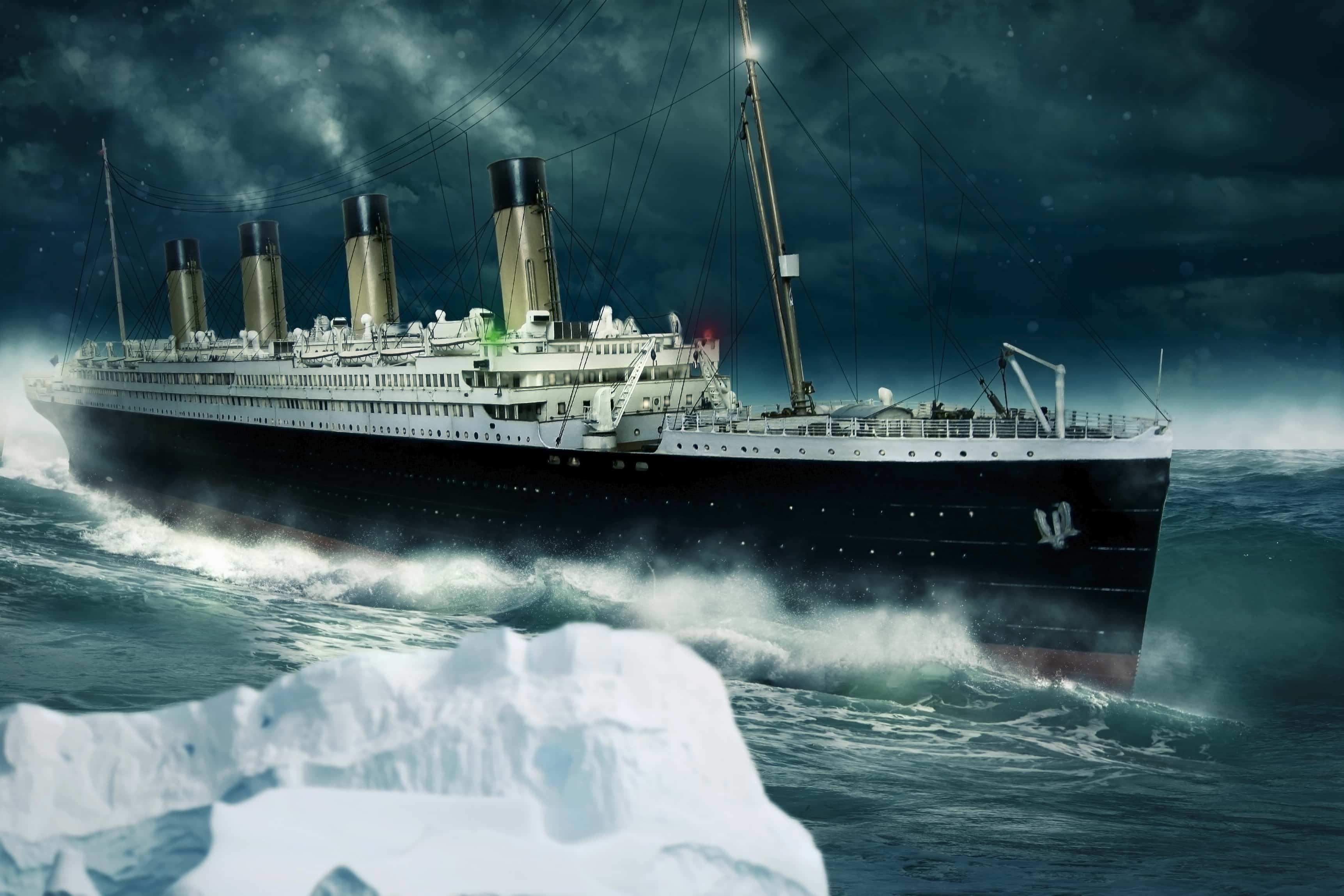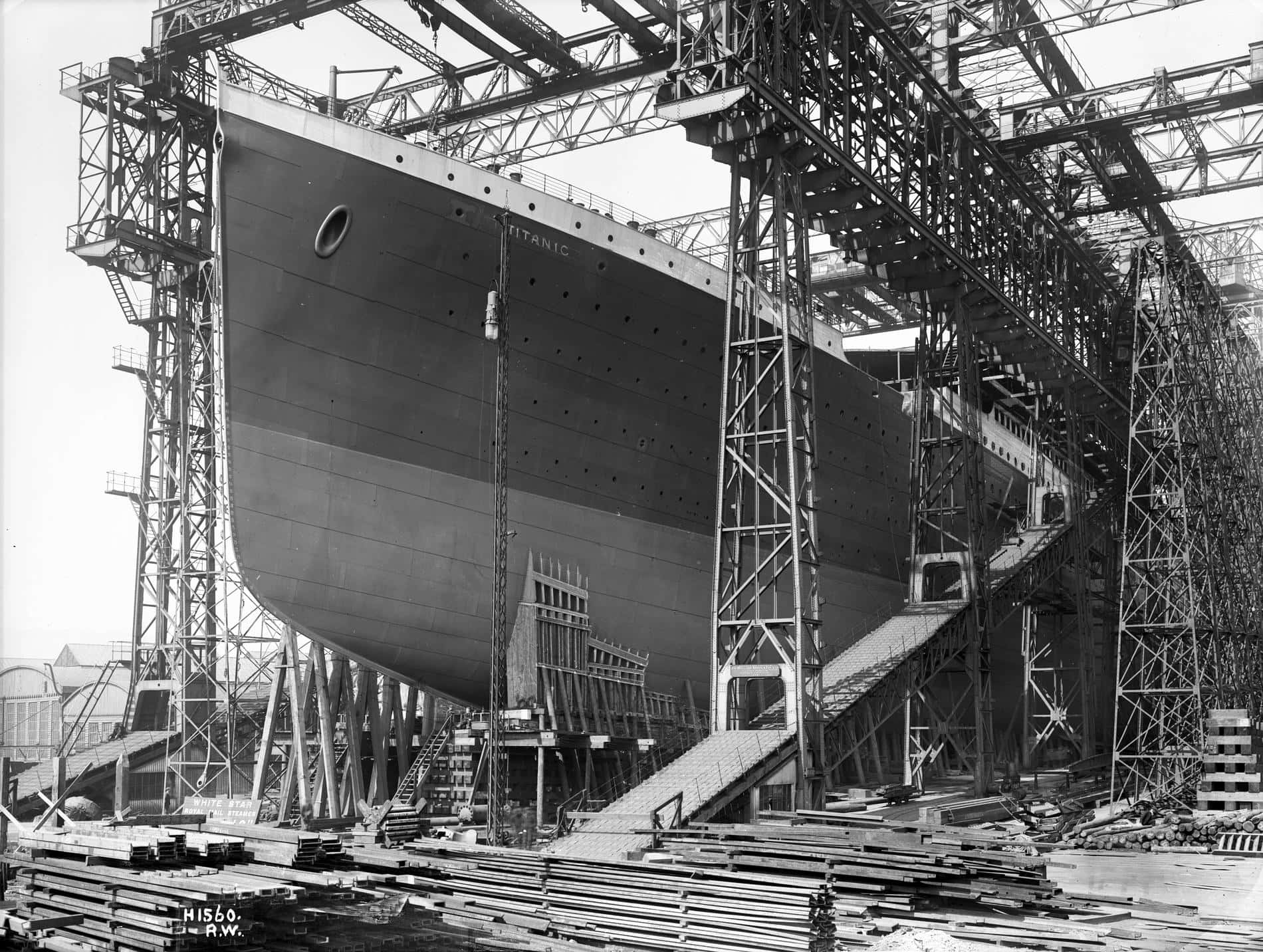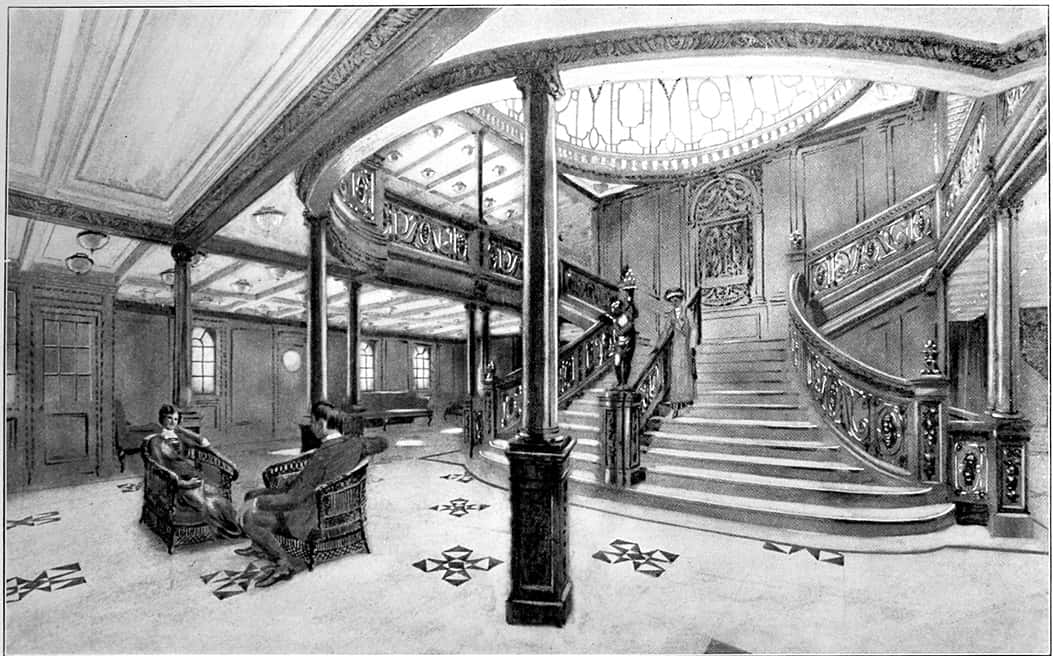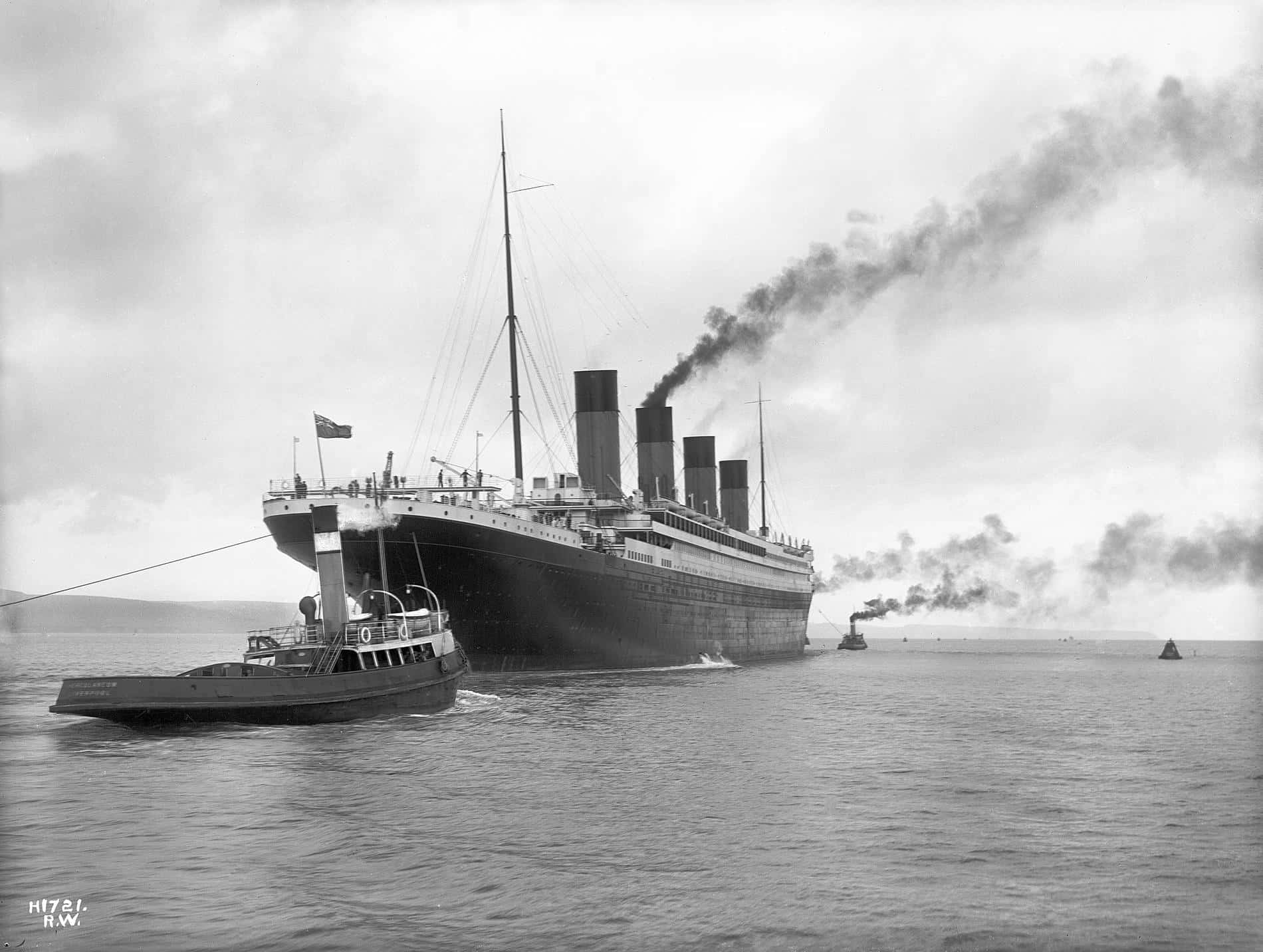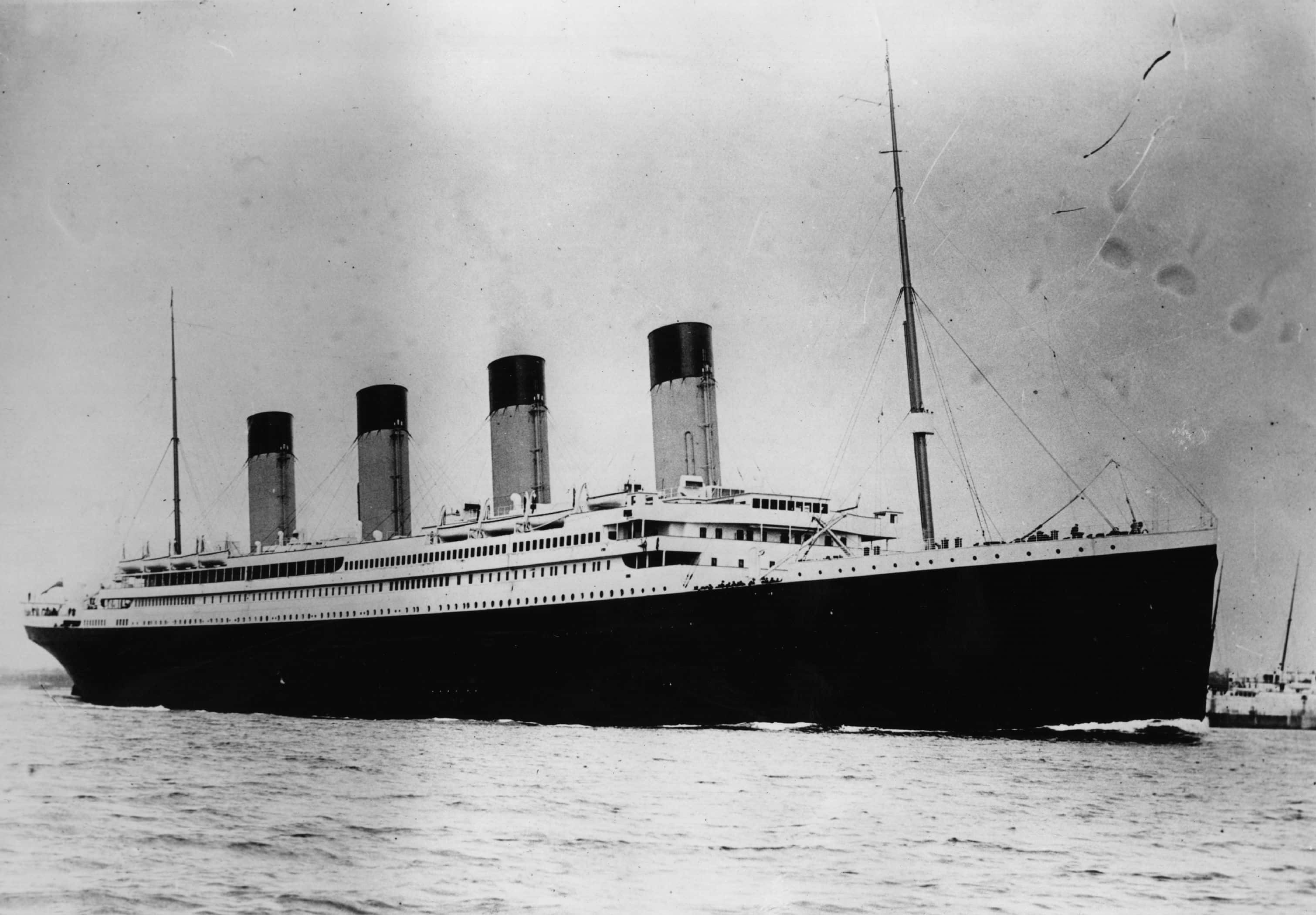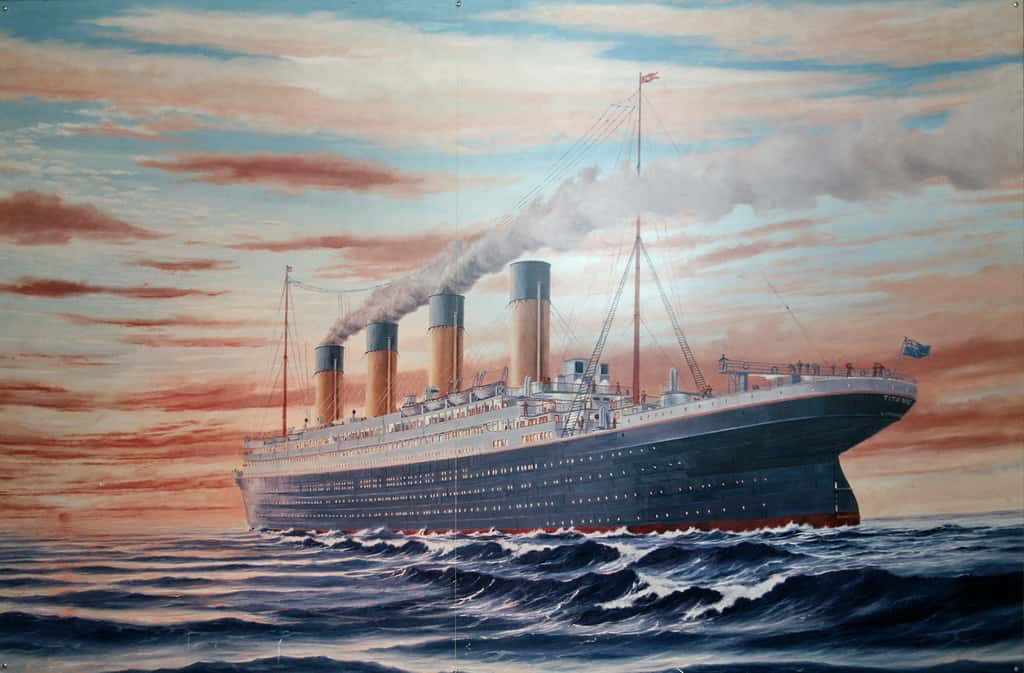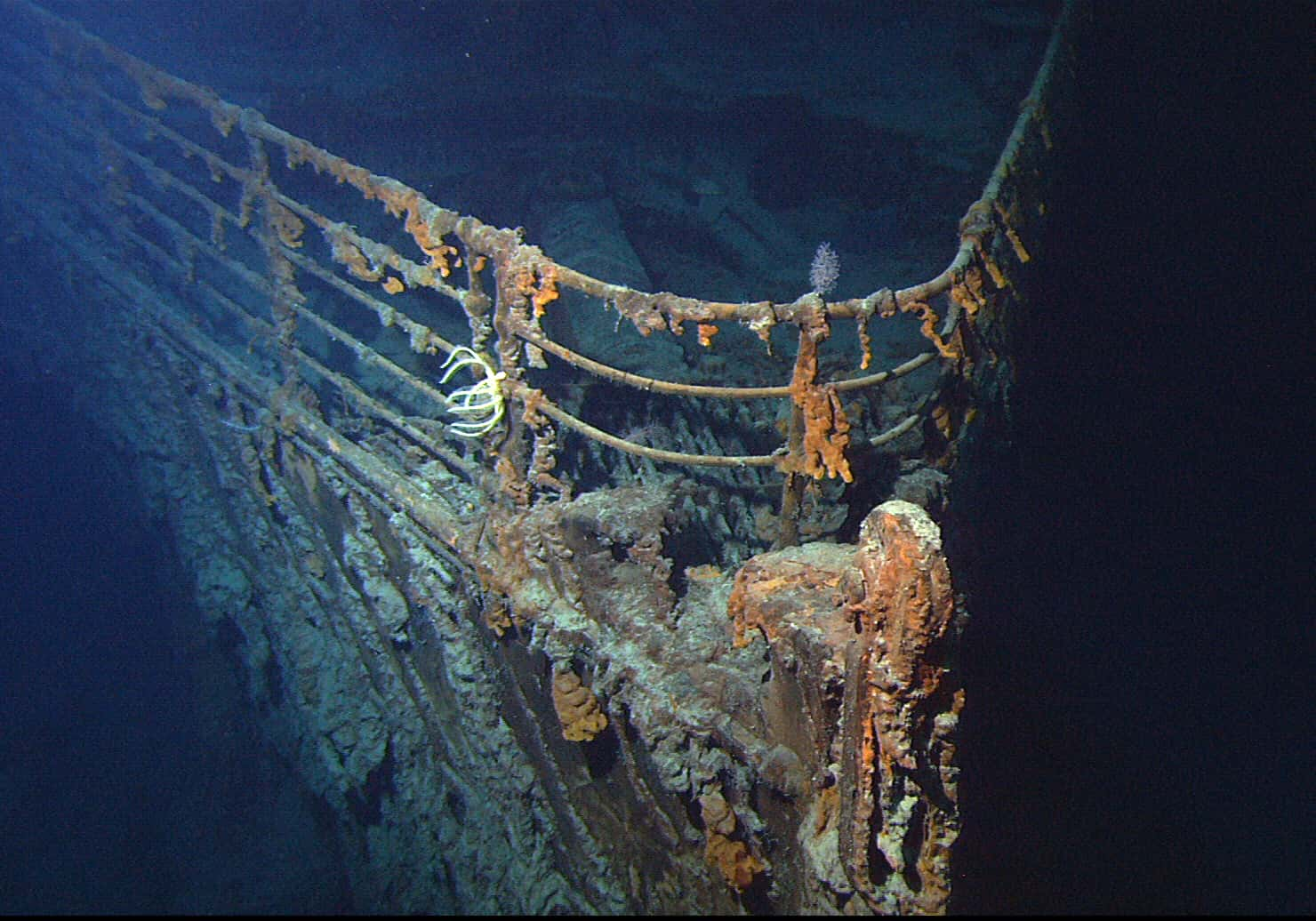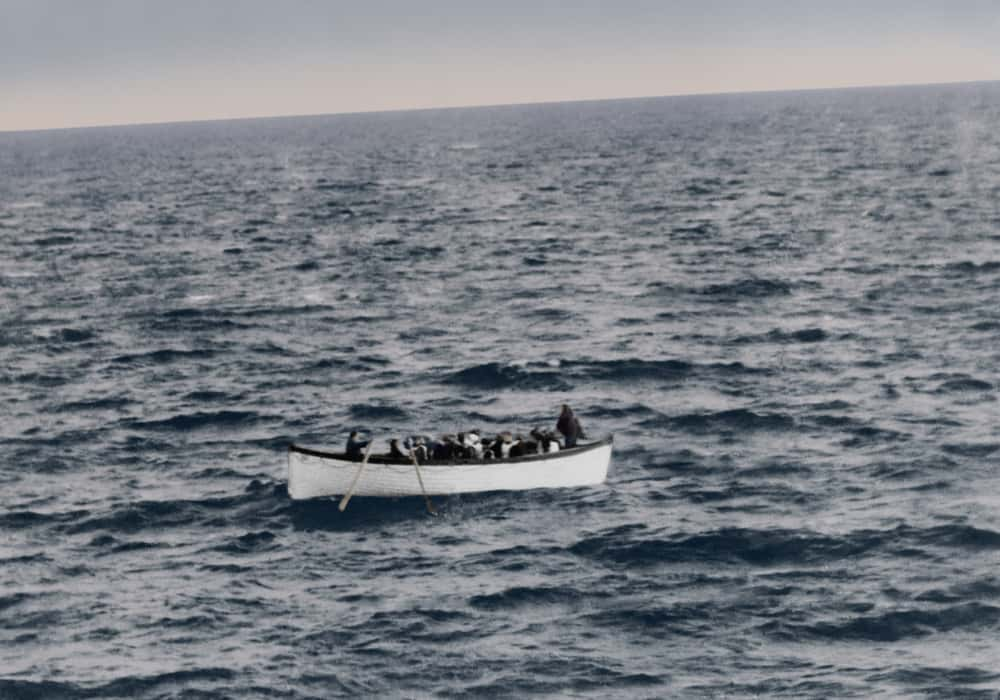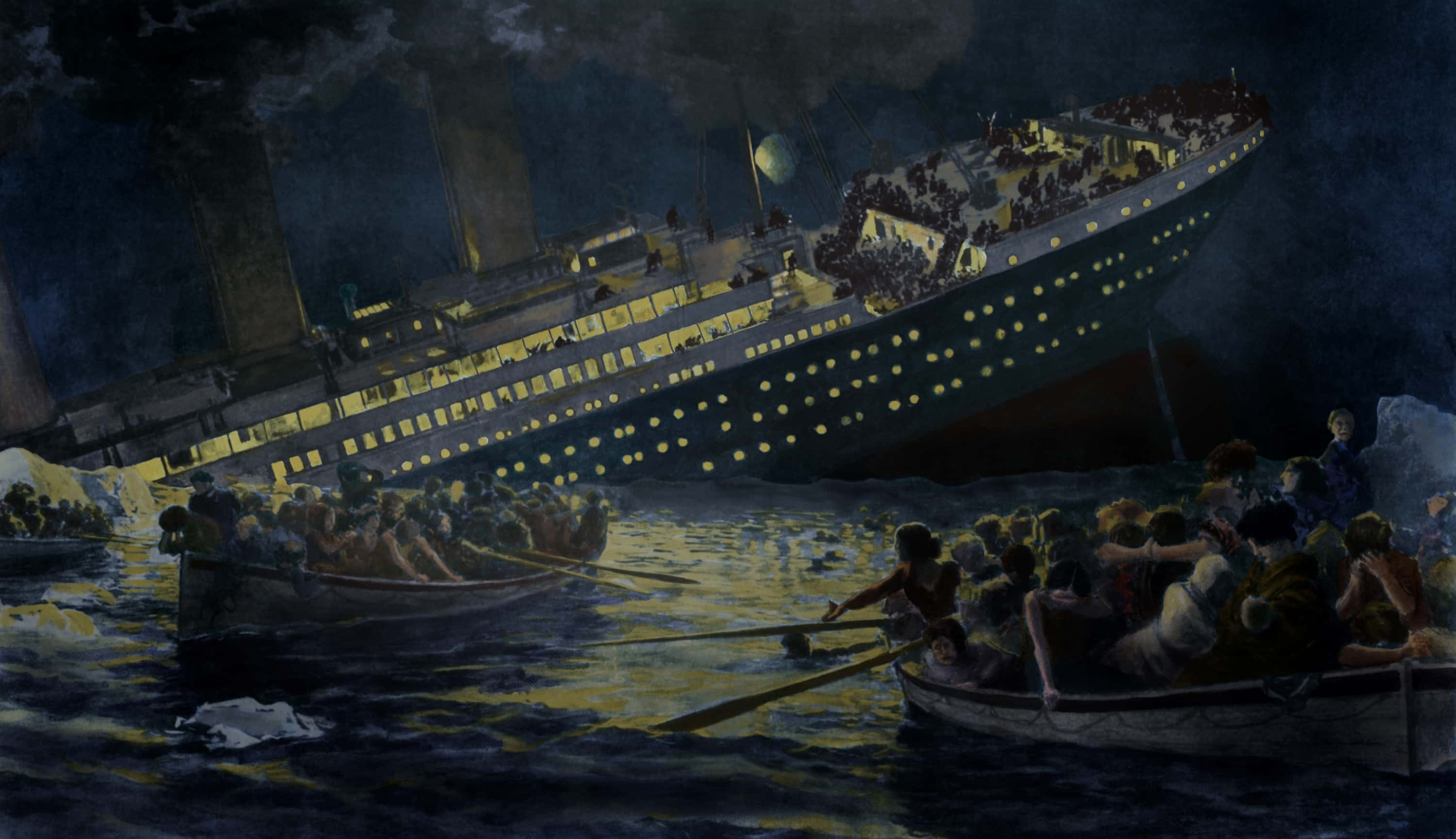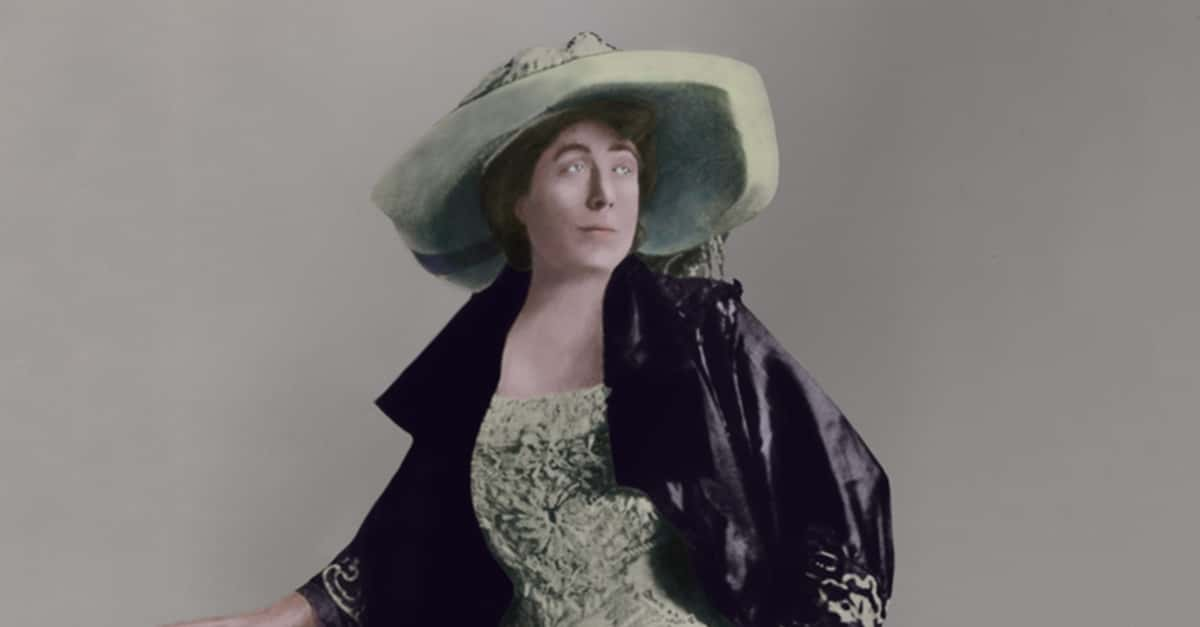It was a miserable night on April 18, 1912, as the RMS Carpathia docked at New York City’s Pier 54, yet 40,000 people came out in the pouring rain to greet her. They watched as hundreds of dejected souls filed off the ship and stepped onto American soil. The survivors of the Titanic wreck had finally made it to their destination, though under far more tragic circumstances than they’d expected.
1912 was long before the Information Age. Imperfect wireless messaging technology left much to be desired, and the Titanic had sunk in the middle of the ocean, far away from any reporters. Likely, the majority of that rain-soaked greeting party all had the same, burning questions on their minds: When did the Titanic sink? What went wrong? What were those final, harrowing moments like?
The Greatest the World has Ever Seen
Work on the RMS Titanic began three years earlier in Belfast, Ireland. Once construction began, the shipbuilders of the Harland and Wolff shipyard didn’t cease construction for over two years. By May 1911, the hull was complete and ready to touch the waves for the first time.
Over 100,000 people showed up to watch the enormous form of the Titanic, at that time the largest moveable object that human hands ever created, ride down the slipways and into the River Lagan. Once afloat, workers towed the hull to a fitting-out dock where construction continued. The decks were made, the boilers installed, and the lavish interiors were finished.
Unsinkable
When all was said and done, she was 882.5 feet long. She had 29 boilers that could crank out 50,000 horsepower. The three million rivets that held her all together weighed 1,200 tons by themselves. As one writer put it, “She was, in short, 11 stories high and four city blocks long.” The Titanic was unquestionably the largest ship we had ever built.
Not only was she massive, but much was made about the technology that made the enormous ship “unsinkable.” Her hull was divided into compartments which were separated by a series of watertight bulkheads. This meant that if water got into one compartment, the others would still stay dry. The compartments had been laid out so that even if water filled two, three, or even four of them, the ship would stay afloat. Five flooded compartments, though, was another story…
Iceberg Alley
Finally complete, the luxurious RMS Titanic set sail for her maiden voyage on April 10, 1912. According to the British investigation, she was carrying 1,316 passengers and 885 crew members, though numbers vary.
While forging through the North Atlantic, the crew of the Titanic received several messages from other ships that there were more icebergs than usual along the route—in fact, a 2014 study found that in 1912, the seas between England and Canada were filled with more bergs than almost any other year in the 20th century. Tragically, no one on board thought these warnings were dire enough to be worth paying attention to, and the Titanic continued steaming recklessly forward.
Collision Course
The first four days of the voyage were smooth sailing, but everything changed at 11:40 pm on April 14, when one of the ship’s lookouts spotted an enormous iceberg directly in the Titanic’s path. Today, it’s estimated that the towering berg, which likely calved off of Greenland’s coastline, rose around 50 feet above the ocean, was over 400 feet long, and weighed over two million tons.
The Titanic was mighty, but even she couldn’t overcome a behemoth of that size.
After the lookout sent his warning to the bridge, the crew immediately took evasive action—but it was too late. The ship grazed the iceberg on its starboard side. At first, the lookout was relieved. While the collision had sent a spray of ice up onto the forward deck, it seemed as though it had only been a glancing blow.
Sadly, that was all that it took.
 Wikimedia Commons Coast Guard flying over an iceberg
Wikimedia Commons Coast Guard flying over an iceberg
Damage Report
What the lookout couldn’t see was that beneath the waterline, the iceberg had opened up the ship's hull—though, contrary to popular belief, the ice didn’t actually puncture the Titanic. Rather, the force had caused the hull to buckle, which opened its seams and allowed water to pour inside. Five of the Titanic’s "watertight" compartments quickly filled with seawater—past the four compartment maximum.
Unfortunately, the design flaw of these bulkheads is now tragically obvious: The walls that separated them only went a few feet above the waterline. They were watertight in the way that a drinking glass is watertight. If you tipped them over, the water would all come spilling out, and that’s exactly what happened. As the ship’s bow began sinking, water spilled from one “watertight” compartment to the next, and before long, she was completely flooded.
Reason for Concern
Much like the lookouts, the passengers of the Titanic were initially unconcerned about the ship’s run-in with the iceberg. Many of them didn’t even notice the impact, or if they did, simply went back to their business once it had passed. A few asked why the engines had stopped, but there was very little panic.
All was not right, however. Some passengers began to notice that the ship was no longer level. One recalled trying to climb a set of stairs, “and yet his feet didn’t fall where they should. Somehow they strayed forward off-balance…as though the steps were tilted down toward the bow.”
Save Our Ship
The ship’s crew sent distress signals by every means they possessed: wireless, signal lamp, even sending out rockets. There was one ship, a merchant vessel dubbed the Californian, that was close enough to help, but sadly, their wireless operator had gone to bed just minutes before. The Californian was even close enough to catch a glimpse of the cruise liner’s signal flares, but they did nothing.
They may have been salvation for hundreds more lives, but instead, they simply sailed on through the night. The closest ship to actually heed the Titanic’s calls for help was the SS Carpathia, an agonizing 58 miles away. They turned in the doomed ship’s direction at full speed, but they would not arrive until 4 am. The legendary cruise liner was already gone by then.
The Unsinkable Is Sinking
At around 2:10, the Titanic suddenly began sinking much faster. The bow plunged into the sea, and the stern actually rose out of the water. The force of this angle soon split the mighty ship in two. Completely detached, the bow plummeted toward the bottom, while the stern remained afloat a little longer. It quickly tipped to near vertical and dropped downward, all while hundreds of people still clung to anything they could grasp. Then it finally foundered.
Everyone still on board fell into the freezing water. The temperature was just 28 °F, and immersion in such freezing temperatures causes cardiac arrest within minutes. No one expected this tragedy, so when it came, no one was prepared. This was the unsinkable ship, remember? And if a ship is unsinkable, why should you bother preparing for it sinking? In the end, all that was left to do was perform the macabre post-mortem on the accident.
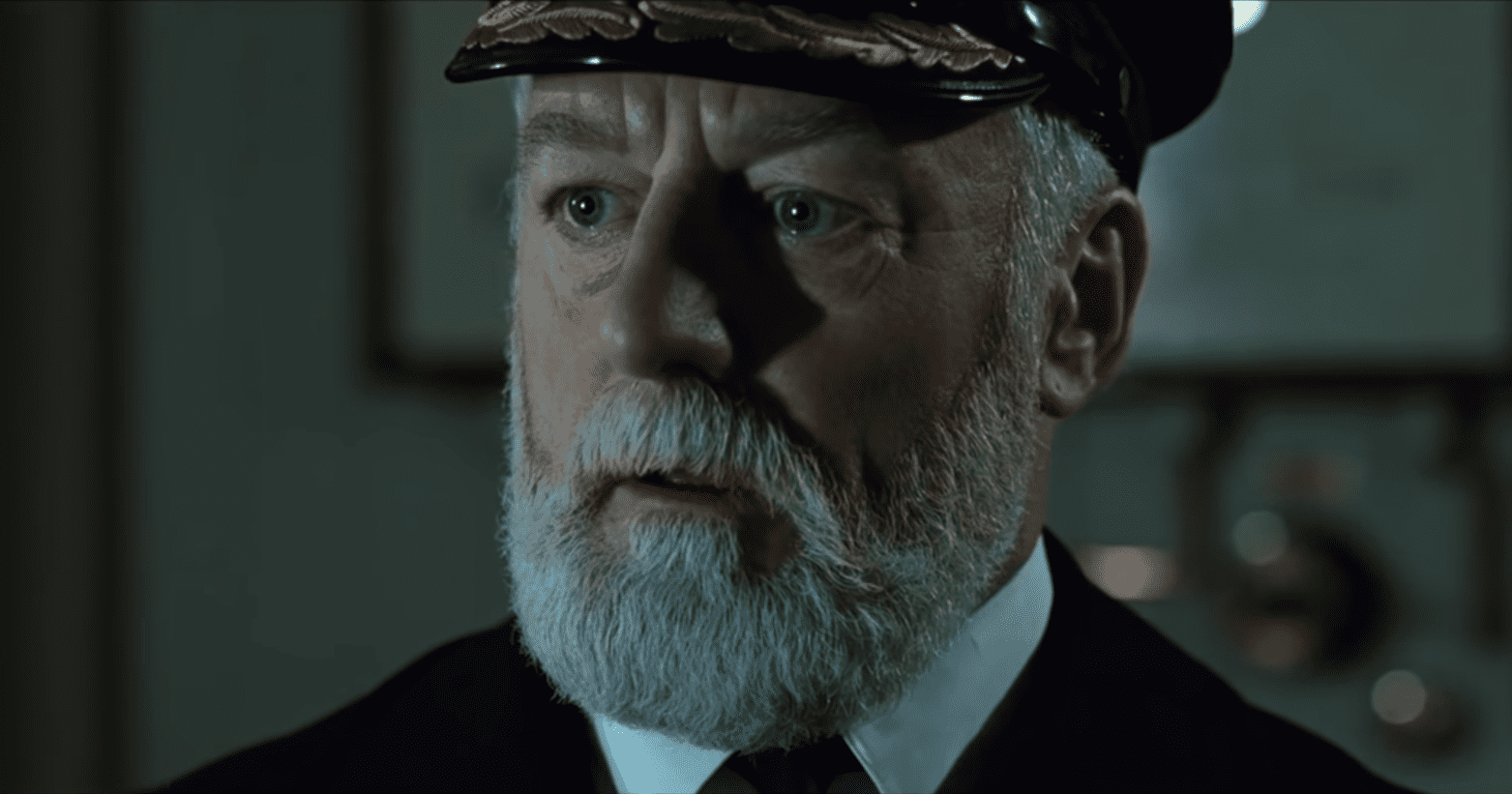 Titanic (1997), Twentieth Century Fox
Titanic (1997), Twentieth Century Fox
The Lifeboats
The Titanic infamously carried too few lifeboats. However, we should note that this was not abnormal for ships of the era. In fact, the 20 lifeboats that the ship held actually exceeded the legal minimum. The Titanic wasn’t the only ship people believed to be unsinkable; it’s just the one that finally proved the maxim false. In fact, many believed that most large ships couldn't really sink at all. The lifeboats were only there to transfer people to rescue ships in the event of an engine malfunction or some other inconvenient mishap.
Not only was the Titanic ill-equipped for a disaster, but the crew was also similarly unprepared. Since no one ever expected the ship to sink, no one trained the crew what to do in an emergency. Very few, if any, of them actually had any idea how many people could fit on each lifeboat, so the crew launched most of them while they were still greatly under capacity. For instance, they lowered the first boat into the ocean carrying 28 people; it had room for 65.
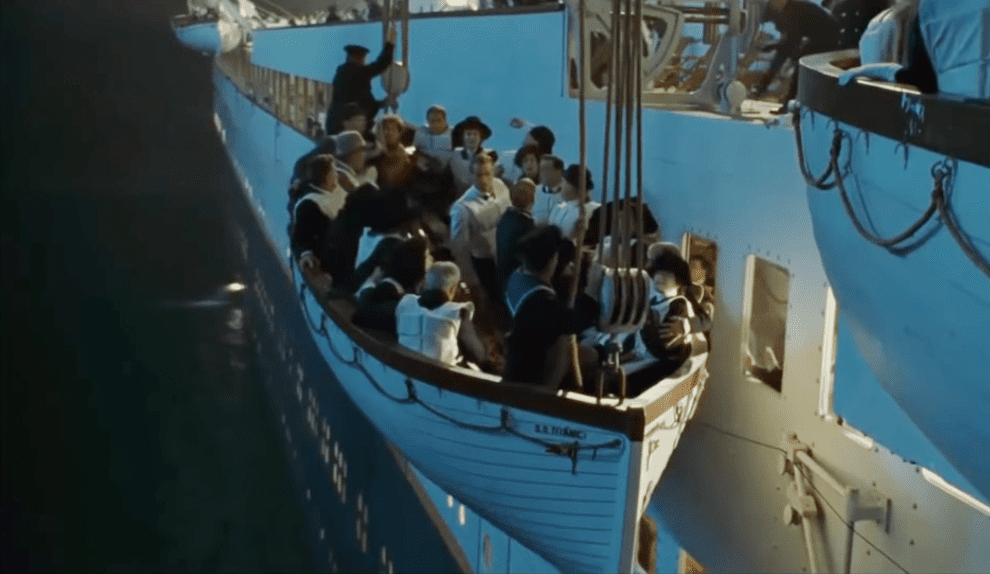 Titanic (1997), Twentieth Century Fox
Titanic (1997), Twentieth Century Fox

Sign up to our newsletter.
History’s most fascinating stories and darkest secrets, delivered to your inbox daily. Making distraction rewarding since 2017.
Awaiting Fate
The passengers' last moments on the ship is another piece of the Titanic puzzle. People dealt with the panic in different ways. Many passengers recalled seeing a crew officer kill a maddened passenger before turning the gun on himself. Others reported that Thomas Andrews, the ship's designer, sat in the First-class Smoking Room, awaiting his death and providing no aid.
However, there was still heroism. Indeed, there are multiple eye-witness accounts of Andrews’ bravery in his final moments—he helped passengers get into lifeboats and threw life-preserving deck chairs down at people struggling in the water. Moreover, when it became clear to passenger Benjamin Guggenheim, of the wealthy Guggenheim family, that he would not find a seat in a lifeboat, he put on his finest suit and proclaimed, “We are dressed in our best and are prepared to go down like gentlemen.”
Down With the Ship
Others were more desperate. John Jacob Astor IV, the richest man on board, tried to gain a seat next to his pregnant wife, but the “women-and-children-first” protocol left him stranded on board. He managed to blow her a kiss goodbye before she cast off. The legendary “Unsinkable Molly Brown” spent as long as she could helping people into lifeboats, but eventually, the crewmen finally forced her aboard one of the last to leave. She desperately tried to turn back to search for survivors, to no avail.
Finally, Captain Edward Smith went down with the ship. So did his First Mate, William Murdoch, along with Jack Philips, the wireless operator who had sent out the distress signals, and all eight members of the ship’s band, who played to the very end to keep spirits high.
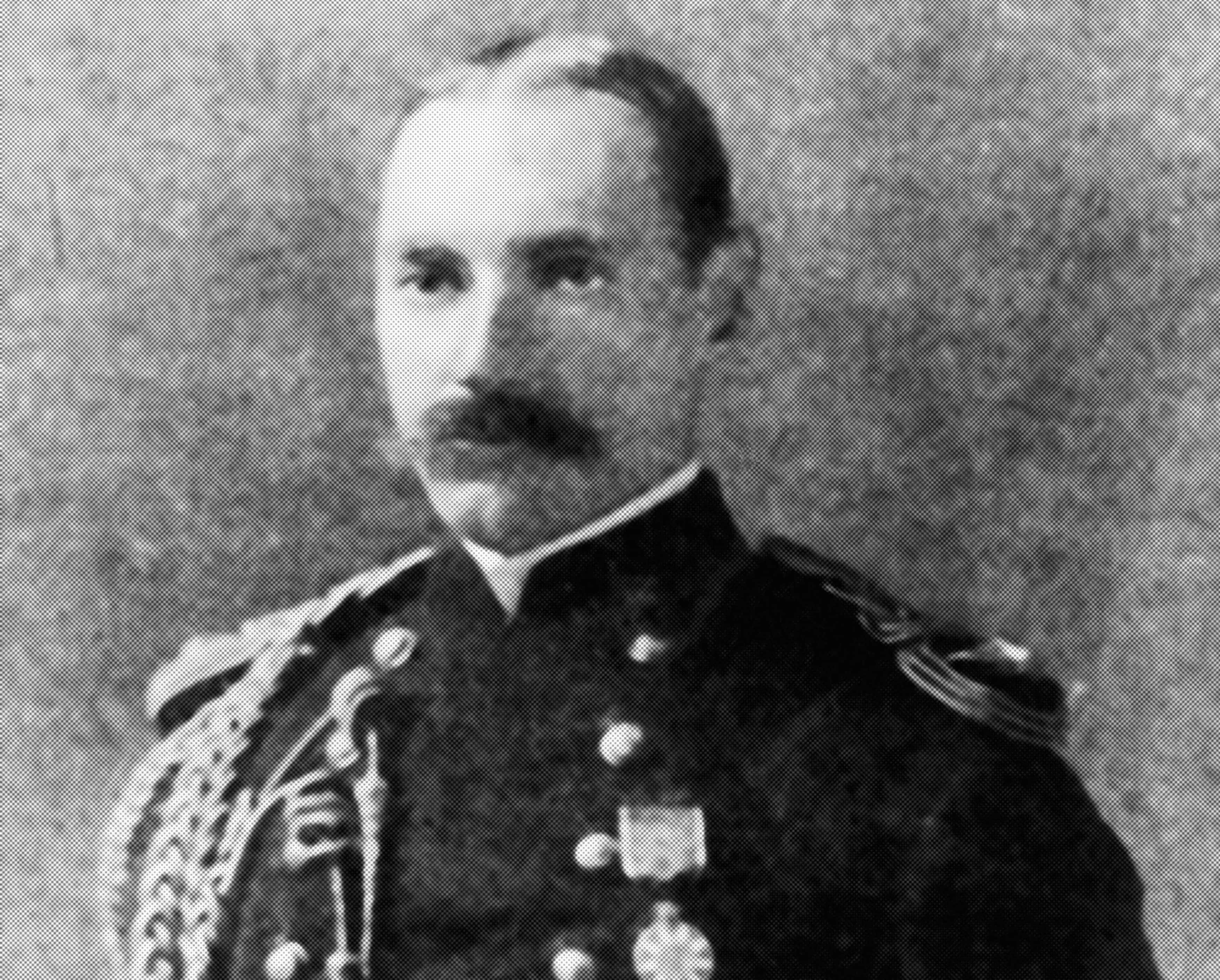 Getty Images John Jacob Astor IV
Getty Images John Jacob Astor IV
Grim Consequences
Of the over 2,000 souls who set off with the Titanic, around 710 made it to New York aboard the RMS Carpathia. The first-class passengers fared the best: 203 out of 325 of them survived. Less than half of the second-class passengers survived, and a whopping 75% of the third-class passengers perished in the ocean.
When the Carpathia crawled into New York Harbor on that miserable, rainy night in 1912, the forlorn thousands waiting on the docks could only imagine what the 710 survivors had been through. It would be many weeks before the full story came out. Weeks before people heard about the real story of when the Titanic sank. About the horrific lack of preparation. About the sheer disarray. About the courage shown that night. Thrown deck chairs and blown kisses. And, above all, how senseless it all was.
If only higher-ups had trained the crew. If only there were enough lifeboats. If only the ship had sailed slower in treacherous seas. There were so many obvious ways to avoid or lessen this tragedy, and the crew and engineers ignored them. The Titanic set off in the days of the unsinkable ship. Those days were over by the time the Carpathia docked—but it took over 1,500 lives to learn the lesson.

